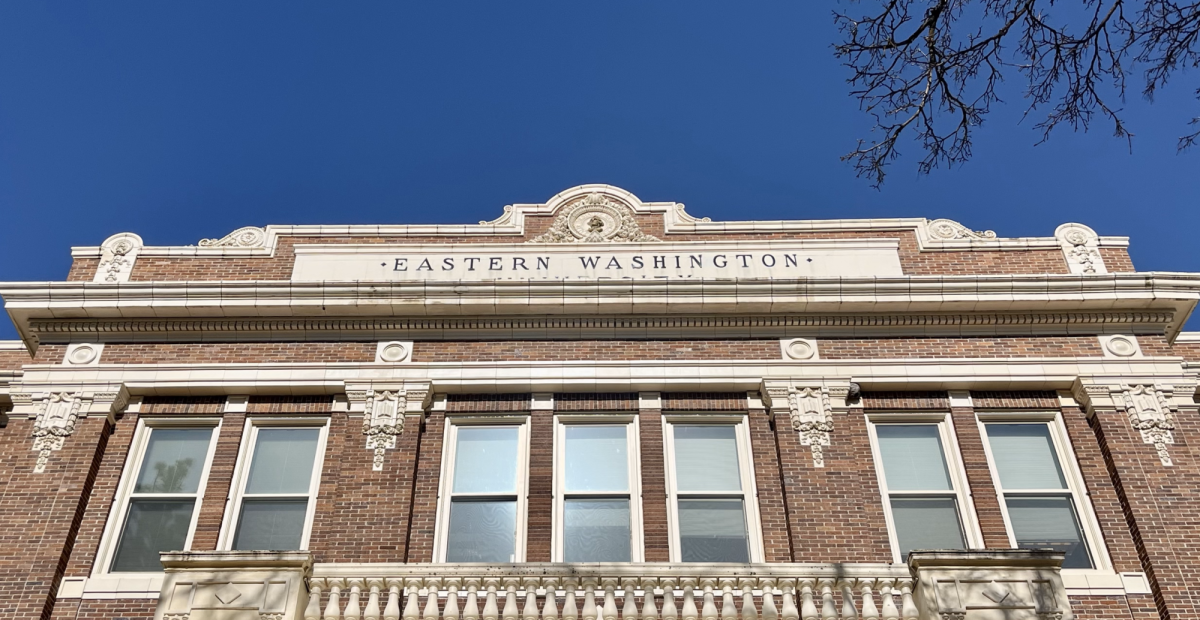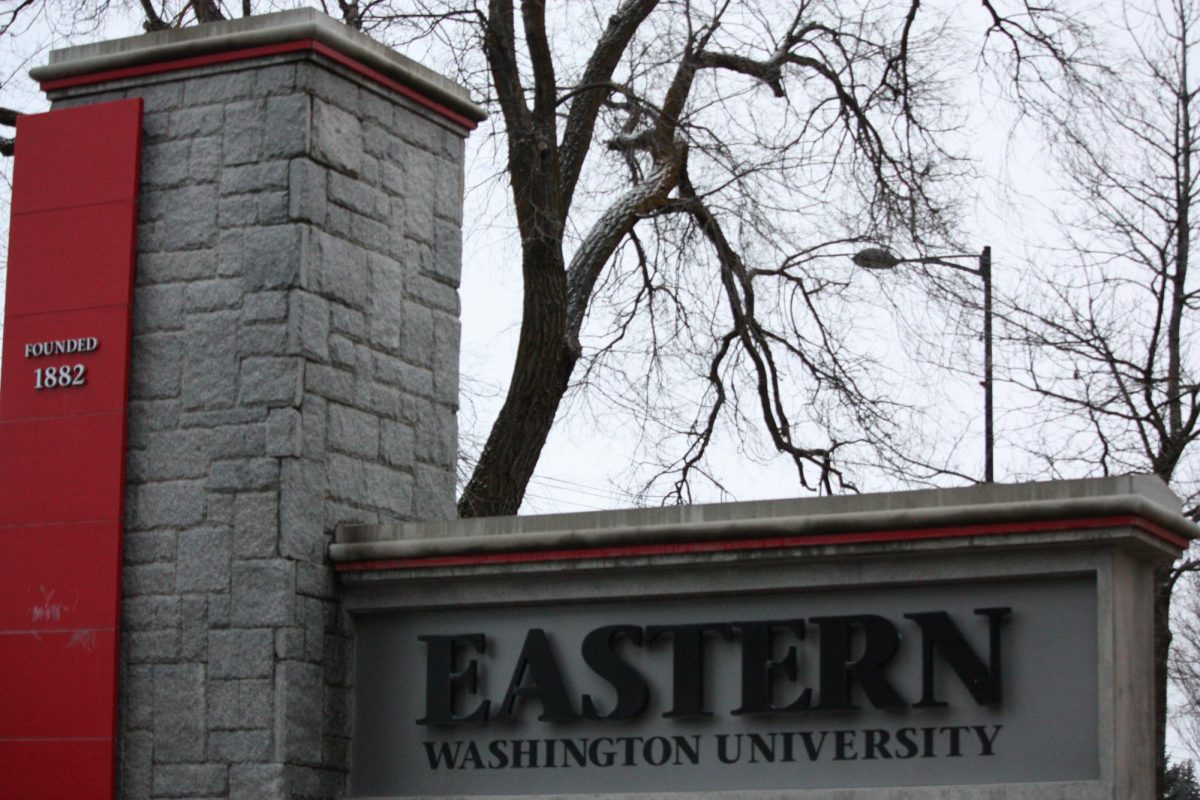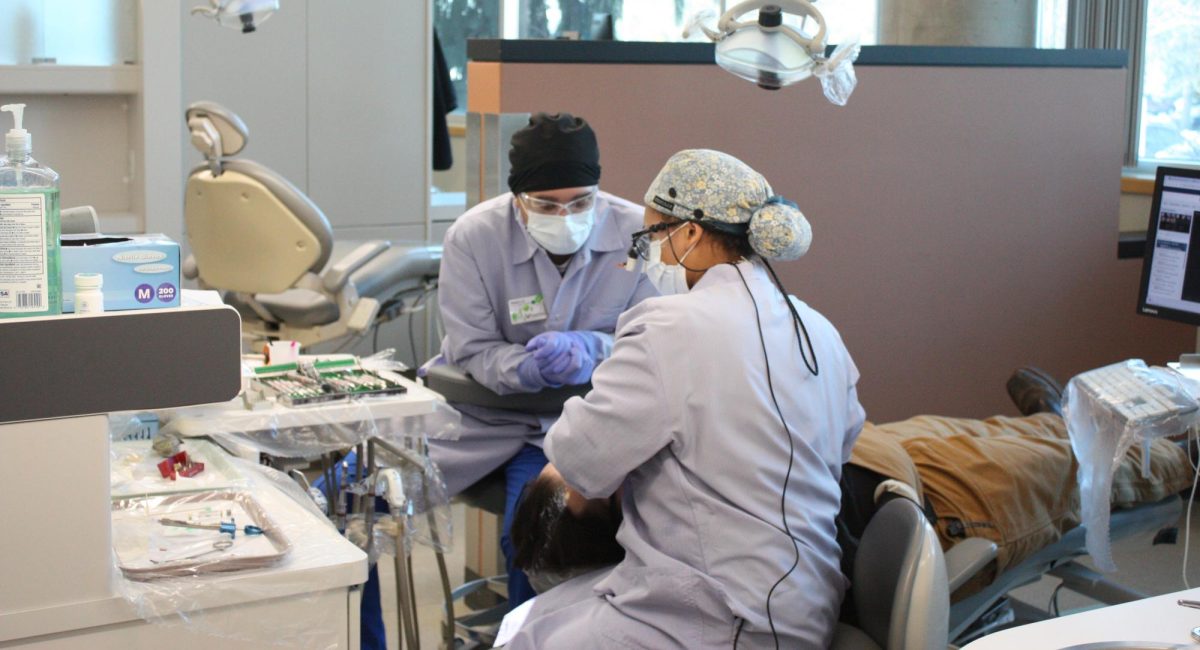Plans for new STEM building met with mixed emotions
February 21, 2018
With construction scheduled to start in September, EWU plans to build a new STEM building on the Spokane campus. The university believes it is time to expand the Spokane campus and the rapidly growing STEM program would benefit from this new building.
EWU is working with Avista on the project, a first of several Avista projects in the area. This Catalyst building will be five floors and feature environmentally friendly equipment, high-tech labs, classrooms, and more to best accommodate and encourage learning for EWU students.
Although the details are still being worked on, the university plans to move some or all of its computer science, electrical engineering and visual communication design programs to this new building on the Spokane campus. The building will be more modern and give access to higher technology than the current computer science building.
After hearing the opinion of a few different students, it seems the new location will be met with mixed emotions. For some students, the move will save them a long drive or bus ride, but for other students who live in Cheney, it may be more of an inconvenience.
“I think the new building plans are really cool, but for me personally I wouldn’t enjoy having to travel all the way to Spokane for my classes because it is quite a lengthy commute from Cheney,” said Cameron Todd, computer science major.
Regardless of the split between opinions on the location of this building, this is a necessary addition to the EWU community. More and more students have been joining STEM programs at EWU and this new building will help to accommodate that growth. This uptick in STEM majors may have a lot to do with the increase in jobs in this industry.
The Catalyst program with Avista and Mckinstry benefits the departments that are moving, but each of those departments will be missed for any collaborative work that has been practiced with the Technology, Mechanical Engineering, and other departments on the Cheney campus.
According to adjunct quarterly faculty member Rusty Hallin, this project with Avista and Mckinstry is a very progressive and positive change for the departments involved. On the other hand, it does put them in a less advantageous location to work alongside the Technology, Mechanical Engineering and other departments on the Cheney campus.
“However, approximately 18 miles isn’t all that far for there to be continued involvement between campuses and departments,” said Haslin. “We all know that the CSTEM programs need to grow and this seems like an exceptional opportunity for expansion.”







